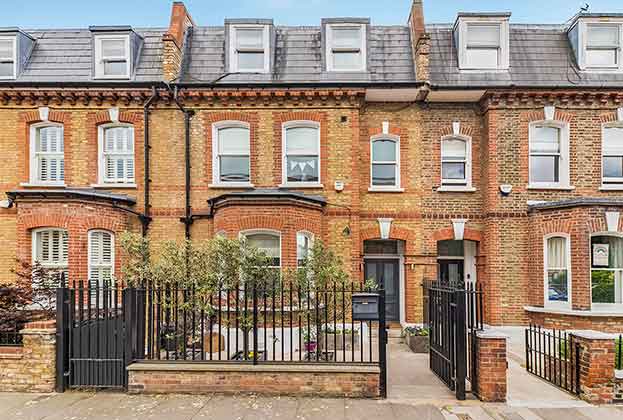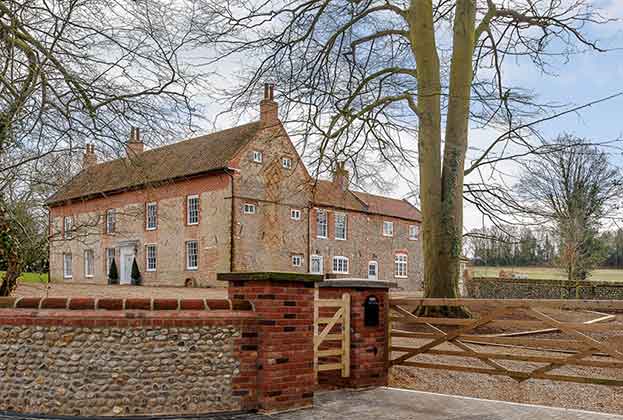Covid-19 was forecast to slow housing activity. But economic and behavioural changes mean that buyers are now more committed to moving
In 1697, a group of Dutch explorers travelling through Western Australia and led by Willem de Vlamingh were the first Europeans to see a black swan. So unlikely was the prospect of this occurring, that the phrase ‘black swan’ had been a common expression to depict something considered an impossibility since Roman times.
The black swan has become synonymous with unpredictable events
Lucian Cook, Head of Residential Research
Since then, black swan has become synonymous with unpredictable events; those beyond what is normally expected and which carry severe consequences. Arguably, Covid-19 has been the mother of all black swans.
.jpg)
Illustration: Mark Boardman
From the perspective of the UK’s prime housing markets, the impact on activity during lockdown was all too predictable – perhaps even inevitable. The market was effectively in suspended animation.
The number of sales of property worth more than £1 million that were agreed in April was 72% lower than the previous year. The coronavirus waddled up to the credit crunch, looked it squarely in the eyes and gave it the full ugly duckling treatment.
What has happened since the English housing market reopened in mid-May has been anything but predictable. Yes, we expected some release of pent-up demand, but never did we foresee such a rebound in activity.
In the absence of any reliable market indicators, we launched our first buyer and seller survey at the end of April. It hinted that buyers’ attitudes were changing, with a much greater focus on the things we might have expected, such as access to good broadband, a space to work from home, and a decent garden or other outside space.
But amid the deepest contraction in the economy since the Second World War, what we didn’t expect was a net balance of potential buyers to say they had become more, not less, committed to moving in the next 12 months. This was not simply because interest rates had been cut and a massive furloughing scheme was being unrolled. It reflected a behavioural response to a unique crisis – one where people have reassessed their work-life balance, how they want to live and where they want to live.
Since then – with the possible exception of the highly discretionary, essentially global prime central London market – it has added a degree of urgency to people’s search for their next home. And because of the relative financial security of the buyers at the top end, it has been amplified compared with the rest of the UK housing market.
In June, July and the first two and a half weeks of August, the number of sales of £1 million+ property that have been agreed were 35%, 98% and 116% higher than the equivalent period last year, according to TwentyCi (who monitor activity across all the major listing websites).
In these circumstances, prices have stood up much better than many were initially predicting. In part, this is because they started from a point where they had been buffeted by a combination of stamp duty rises and political uncertainty over the preceding five years and then had enjoyed only the very briefest of Boris bounces.
But equally, despite lower levels of stock and higher levels of competition than buyers were expecting, the market has remained relatively price sensitive. In the second quarter of the year, prices of prime property in London fell by 1.1%, while in the country, on average, they stood still. In the month to the end of July, the average agreed sale price remained at 97% of the asking price on average across our own agency business.
As we look forward, given the uncertain nature of the outlook for the economy and the possibility that this particular black swan may hang around for a while yet, we expect the price-sensitive nature of the prime market to continue for the remainder of the year. This is despite the Chancellor’s welcome, but somewhat unexpected, announcement of a partial stamp duty holiday and a healthy build-up of new buyer registrations.
This will mean both buyers and sellers will need to remain pragmatic if the unexpectedly strong current levels of activity in the market are to be sustained.
Read the articles within Prime UK Residential – Autumn 2020 below
.jpg)




